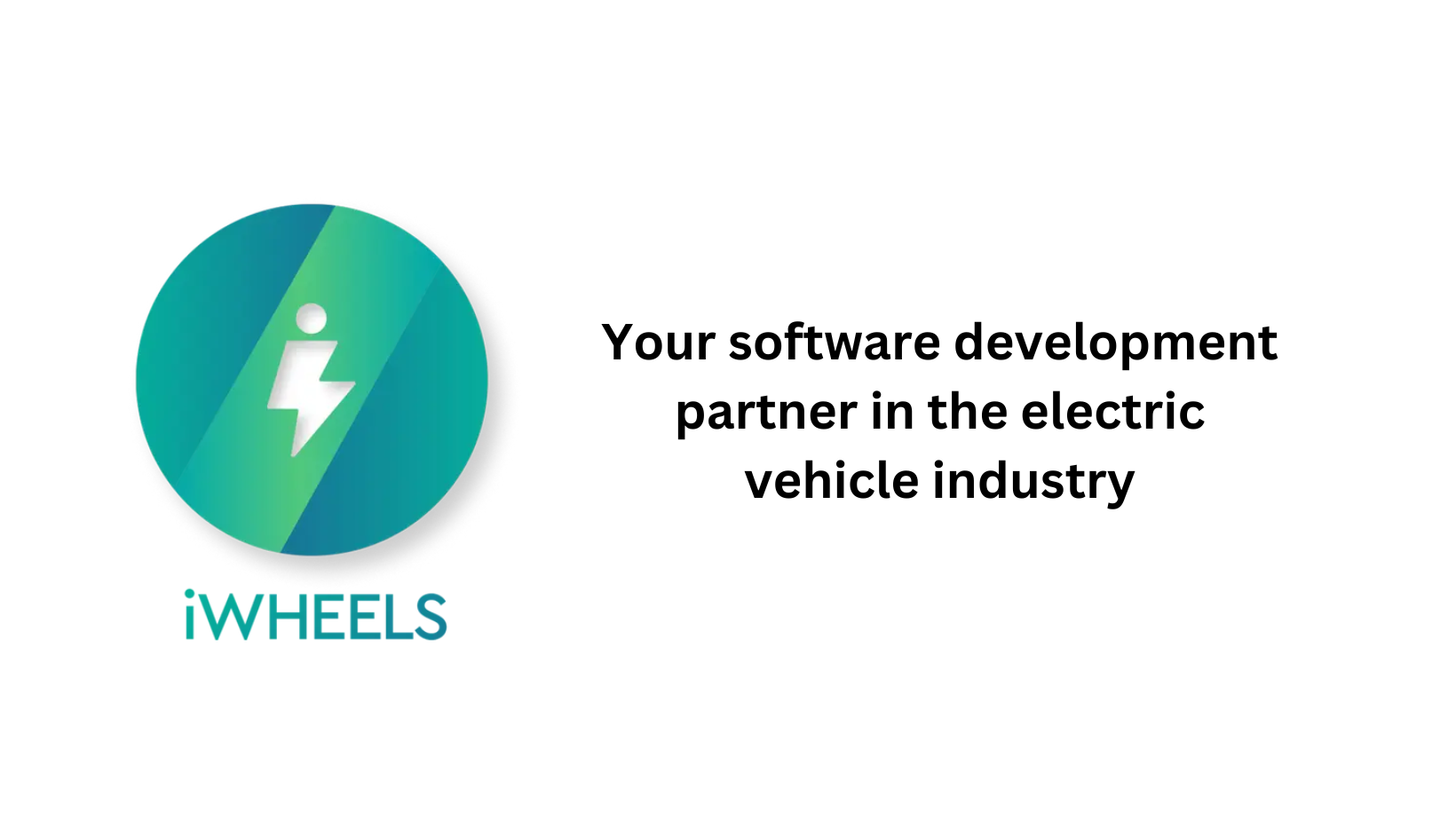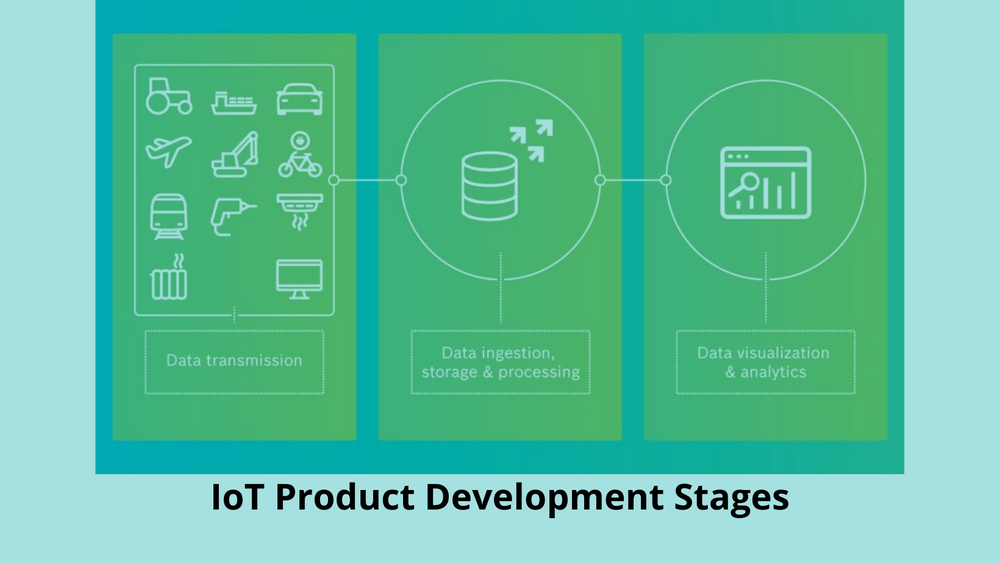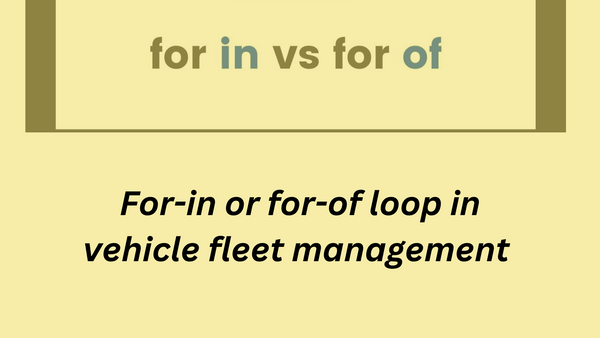IoT Product Development Stages
Hello People. This article gives you an idea about IoT Product Development Stages. Internet of Things allows to get connected with things to the Internet. IoT development stack can be divided into layers. Let us see those layers in detail.
Device Hardware
Device Hardware is the first layer of IoT technology stack. This layer defines the digital and physical parts of any smart connected product.
Device Software
This layer requires us to carefully find out the sensors that are required for our project. Sensors will assist us to gather data. The device software layer can be distributed into two categories i.e. Operating system and Applications.
There are some top things that you must include like when your app requires a real-time operating system, I/O support, and support for the full TCP/IP stack.

Some examples of an embedded OS are -
- Brillo
- Linux
- Windows Embedded
- VxWorks
In the applications part of your device software, you can pay attention to data acquisition, analytics, local control and streaming to the cloud and more.
Are you looking to start your business in the electric vehicle industry? We provide software development, web application development, mobile application development, charging stations management app, electric vehicle fleet management software development, cyber security and all software services. Please check our home page here https://iwheels.co/

Ok. Let's get back to the article.
Connectivity
In this layer, it is important to define the network communication platforms that will be getting connected to the sensors on the product hardware to the cloud and then to the application.
The several types of connectivity which are used in general includes, Bluetooth, Wi-Fi, Radio, Cellular, and Satellite.
The communication part at this stage refers to all the diverse ways where your device will be exchanging information with the whole world. This will include physical networks and the type of protocols that you will be using.
Some of the Communication Protocols are -
- Infrastructure (ex: 6LowPAN, IPv4/IPv6, RPL)
- Identification (ex: EPC, uCode, IPv6, URIs)
- Comms / Transport (ex: Wifi, Bluetooth, LPWAN)
- Discovery (ex: Physical Web, mDNS, DNS-SD)
- Data Protocols (ex: MQTT, CoAP, AMQP, Websocket, Node)
- Device Management (ex: TR-069, OMA-DM)
- Semantic (ex: JSON-LD, Web Thing Model)
- Multi-layer Frameworks (ex: Alljoyn, IoTivity, Weave, Homekit)
Data and Analytics
IoT apps generate a huge amount of data. We need to define the scalable parameters that will help the architects to define the correct data management solution from the beginning point. Analytics is one of the important components of the IoT solution. Analytics refers to the ability to find patterns, crunch data, perform forecasts, integrate machine learning and more. It has the capability to find out the insights from your data that will make your solution valuable. This can be done by using technology Cloud APIs.
Hope this article on IoT Product Development Stages is useful to you. Please read about How to Connect ESP8266 to WiFi




